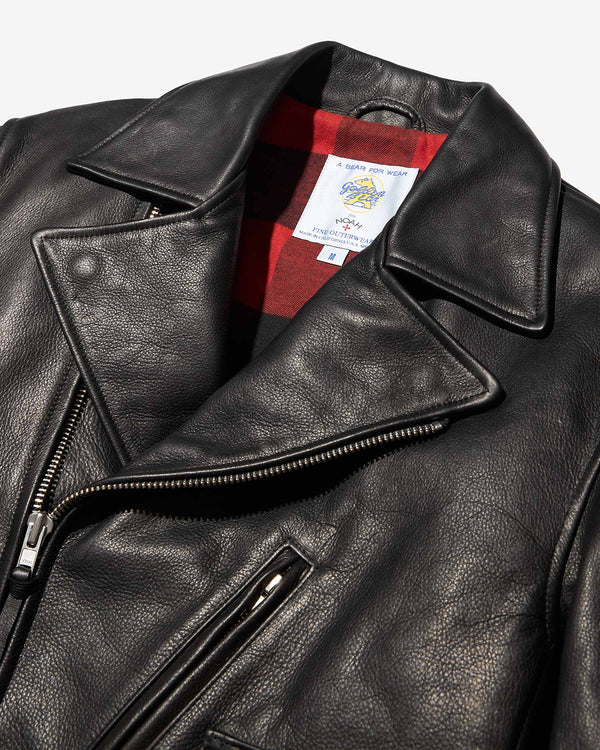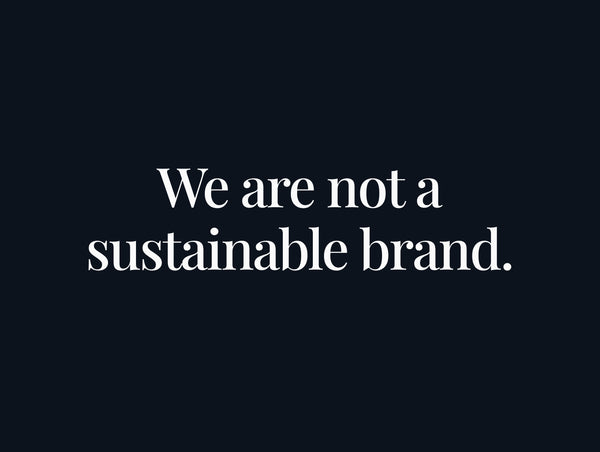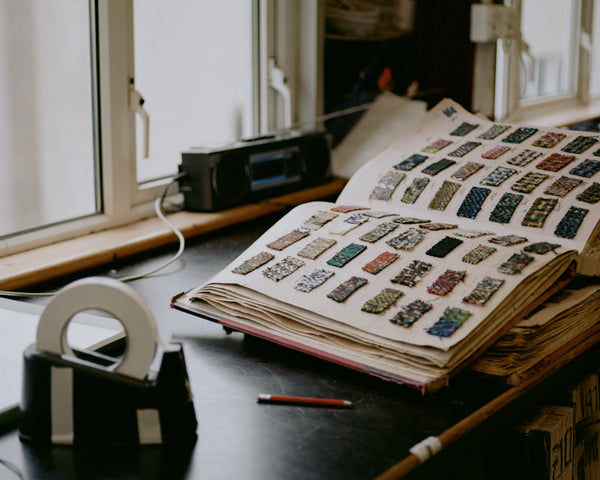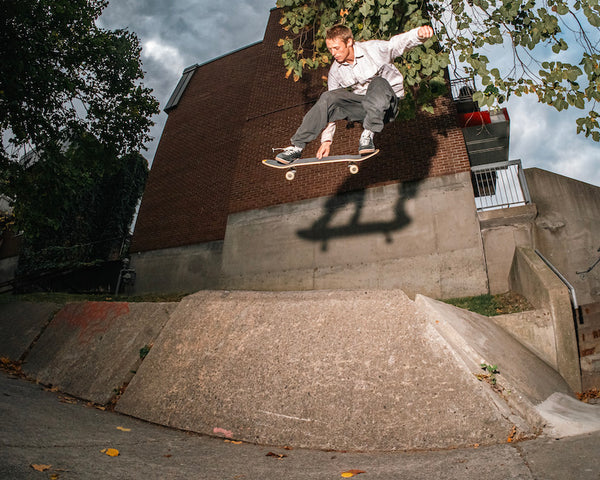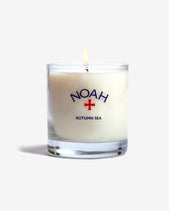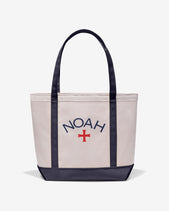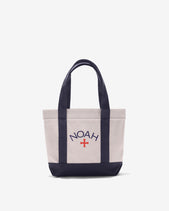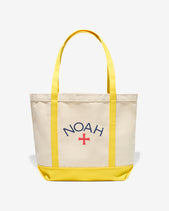You may have noticed the costs of some of our sweatshirts and rugby shirts going up over the past few years and wondered why. Trust us, we’re not raising prices for no reason. It’s more complicated than you might think, and it’s something we think about all the time - how to make a great product at a price that makes sense.
We wanted to take a moment to explain why it’s happening and why we believe it’s the right move. And while we were thinking this through, we realized that many of you may have wondered why our prices are the way they are at all.
So we thought - why not shed a little light on the most significant costs in making what we make - costs that are sometimes beyond our control?
If you pay attention to the news, you know there’s a lot going on in the world. What you may not realize is how much that can affect the ways we do business and contributes to the final price you pay.
There’s so much to talk about, we’re going to be spreading this out over several weeks.
Below is one facet that we’re going to be diving into today - the labor that goes into sewing and assembling each piece. This can be the most expensive cost in making a piece, depending on the fabric.
We’ve talked about this before, but it’s impossible to overstate how strongly we feel that the workers whose efforts go into our product should be paid a wage that provides a decent standard of living.



This can get complicated really quickly, but almost all of the countries we work with directly have enough of a social safety net that helps make sure the workers that have a hand in making our product earn a living wage. This net can be made of a bunch of parts, such as universal health care, labor laws that specify the number of hours someone can work, and safety regulations. These indirectly translate to higher labor costs, which we embrace in our costs to sew and make our apparel.


As specific examples, we’ll talk about our fleece sweatshirts and rugby shirts - which are custom-made to our specifications by two companies in Canada. We love our fleece maker, because they’re one of the few that have preserved a traditional way of milling high-quality fleece. This fleece is so strong, it needs to be engineered with stretch panels to get the fit and comfort we want.
We have the same feelings for the company that makes our rugby shirts, which started making rugby shirts for on-field use more than 35 years ago and still continues to do so to this day. In a time-honored tradition, they use an incredibly dense cotton weave to make their shirts able to stand the test of time, and any scrum you may find yourself in.

All of this requires high-tech machinery, which needs to be operated by skilled workers. In the case of our rugby maker, some of their employees have been with the company for more than 30 years - and that level of experience deserves a paycheck to match.
Over the past couple of years that Noah has been producing our fleece and rugby shirts, the minimum wage where these companies are located has increased by 22.4%.

We applaud this initiative because it allows the workers who make these products to keep up with their growing household costs. The challenge we had to work through is a sharp increase in one of the most expensive cost components to these pieces.
So what do we do? If we kept our prices the same, it cuts into the money we take in. Since we re-invest that money into future seasons, it would limit our ability to keep expanding what we do and taking risks - whether experimenting with new fabrics, making more of things so they’ll stay in stock longer, or doing smaller collections that we’re passionate about. We could always play it safe, but we feel it’s our job to not play it safe and take the small risks that other companies will not. Especially if it leads to a better quality of life for the makers.
Alternately, we could try to find cheaper factories, or ones located in a lower cost place. Frankly, there isn’t anyone else able to provide either of these products at this level anywhere near that cost, so the quality would suffer. We think it’s only worth doing things if we do them well, so that wouldn’t work for us.
That left us with a third option - to ask you to support a price increase. We know that some of you may decide it’s no longer worth what we’re charging - we get that. But here’s the funny thing - we sincerely believe that if you truly understand where your money is going, you’ll be in a better position to make a decision that works for you.
We hope this gives you insight into what it takes to do what we do, and helps answer some questions you may have around our pricing. As we continue this series, we’ll talk about how our fabric choices can affect our costs - in ways that are obvious and not.
One of our favorite things about the journey we’re on is the great response we’ve received from people who share our values. Thank you for reading this, and above all, thank you for paying attention.
